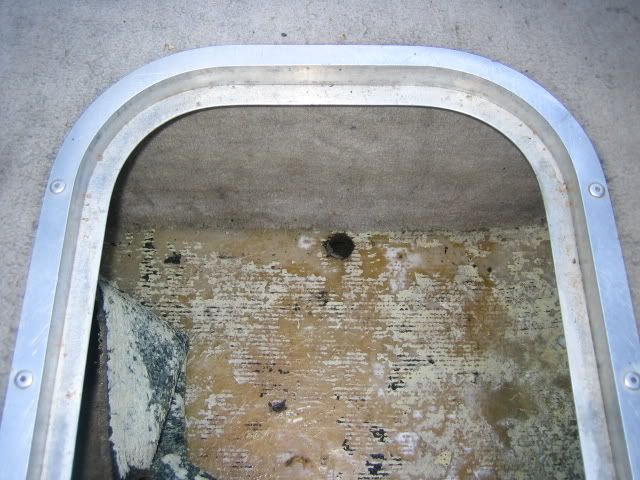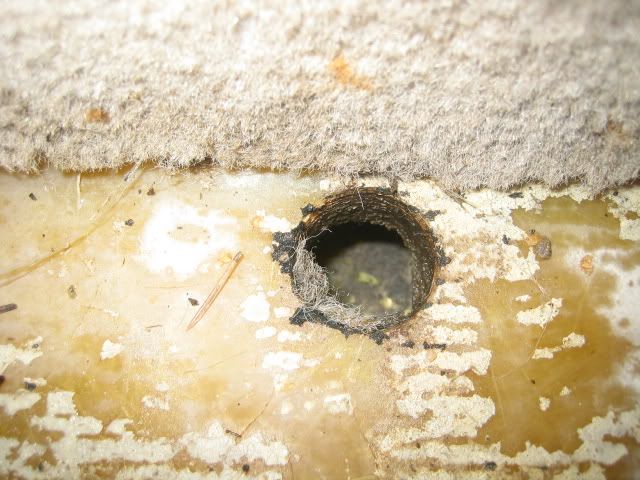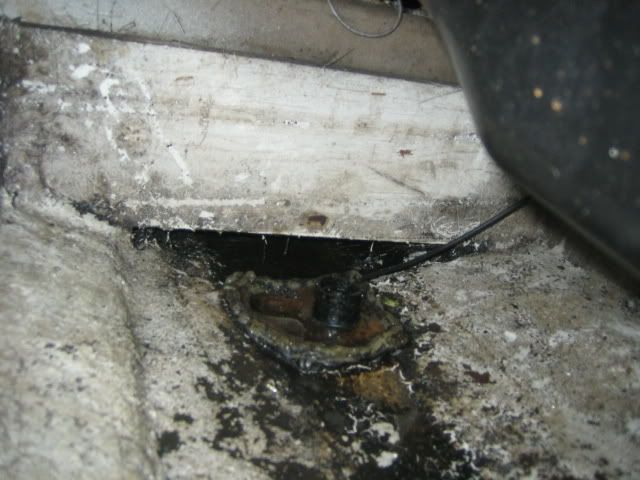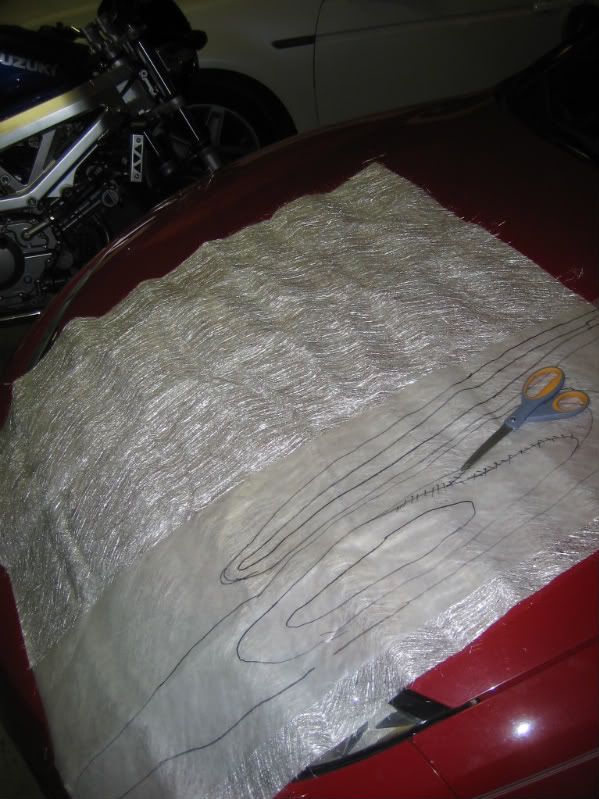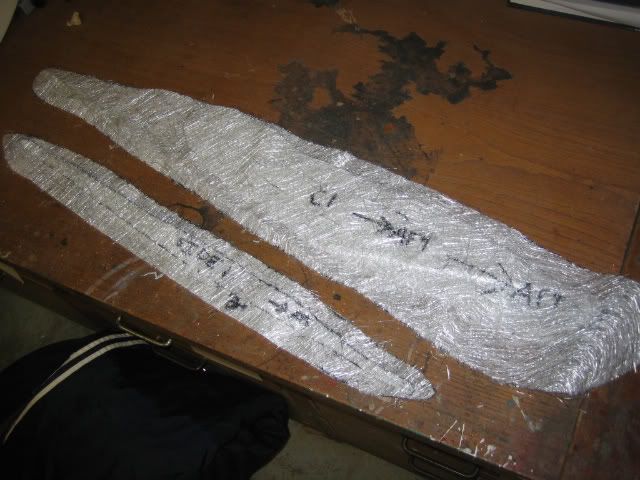ScotWithOne_t
Seaman
- Joined
- Aug 9, 2010
- Messages
- 69
I found some rocks in a shallow part of the lake on Saturday. Details are in my other thread.
Now starts the fiberglass fixing. I've never done this before, so it's time for a crash-course in fiberglassing. I'm constantly reading about it now, and my neighbor used to fix fiberglass boats at a shop years ago. Also I just found out that a guy in my building at work used to build boats (founded his own company in the 1970's), so I'm fortunate to have him to ask for pointers as well. I figure I'm ready to try my hand at fiberglass restoration.
This is probably all old-hat to you veteran boat builders/restorers, but I'm cataloging my progress anyway.
Here is the "before picture."
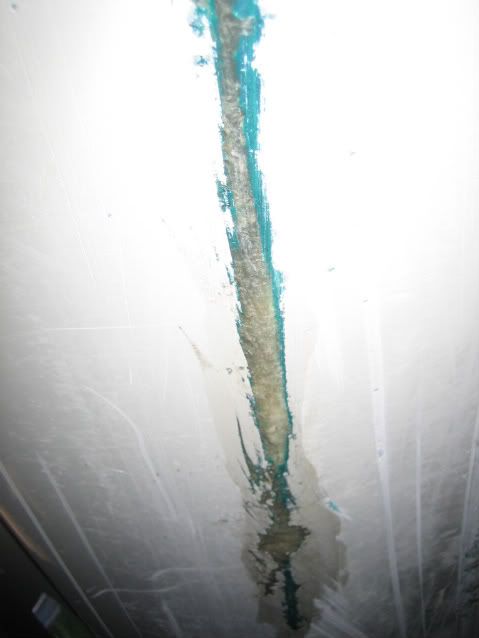
Also, the front is missing some gelcoat, but I don't think this was from last Saturday. If it was, it only seems to be superficial damage, and will probably just get a coat of fiber-filled Bondo.
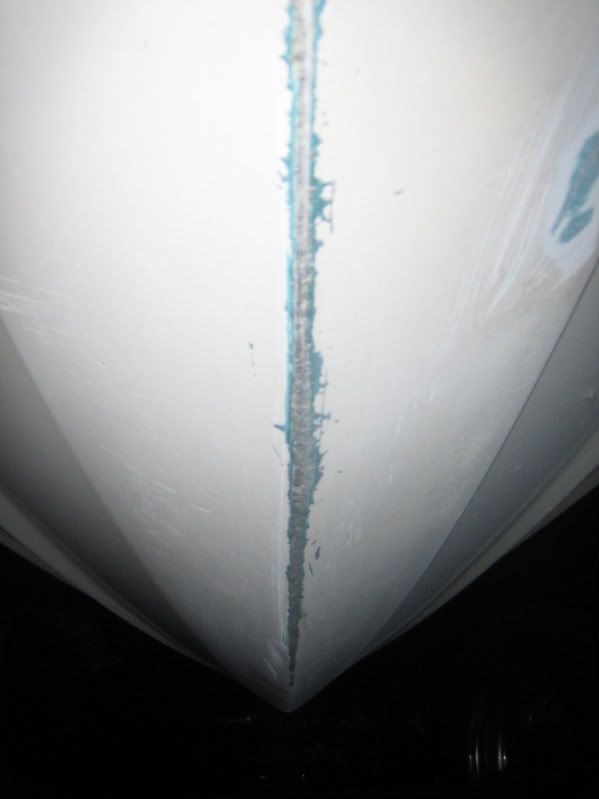
Went to Home Depot and bought all the supplies for about $60. I'll still need to find some place that sells gel-coat, or at least some good fiberglass spraypaint.
First stage tonight was grinding. Kinda hard to take a 36-grit sanding wheel to the bottom of your boat, but oh well. Deep-breath... In for a penny, in for a pound.
Sanded away a good couple inches on either side of the damaged area:
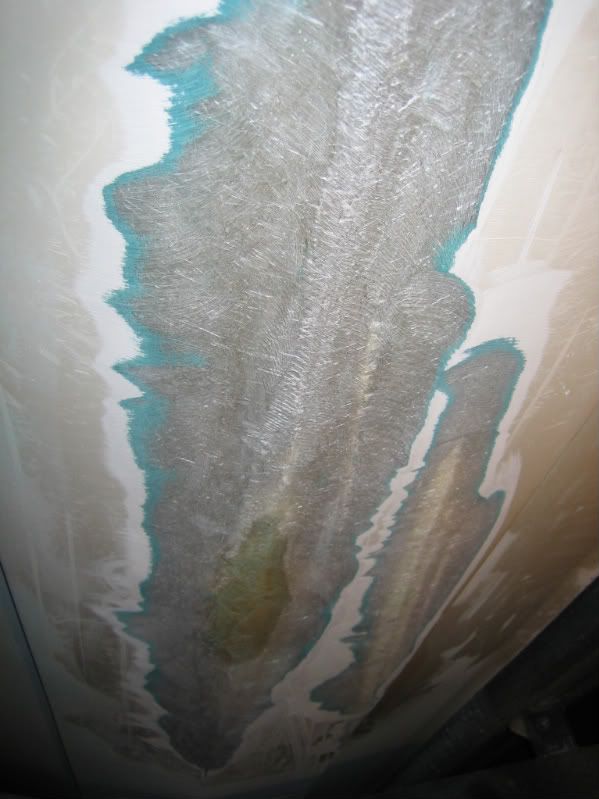
It appears that the worst spot is still wet. The boat has been sitting since Saturday afternoon (3 days) but some water is still soaked into the fiberglass. Pressing on the bad area made some more water squeeze out. I aimed a heat-gun at it for a while and it seemed to dry out some, but I'm sure it will be moist again tomorrow. Probably hit it with some more heat before I start with the resin. I've been reading that you're supposed to let it dry completely, but that could take weeks or months. Perhaps that's just people being anal retentive, because there's no way a shop would wait that long. Are there any tricks of the trade to getting it to dry out faster? I've heard everything from propping up a hair dryer and letting it run for several days, to flushing the wound with acetone, which dried many times faster than water. Neighbor said they didn't worry much about moisture in the shop unless it was actually dripping, so I shouldn't get too excited about it. I'll talk to the guy at work tomorrow for a second opinion.
Closer pic of the moist area:
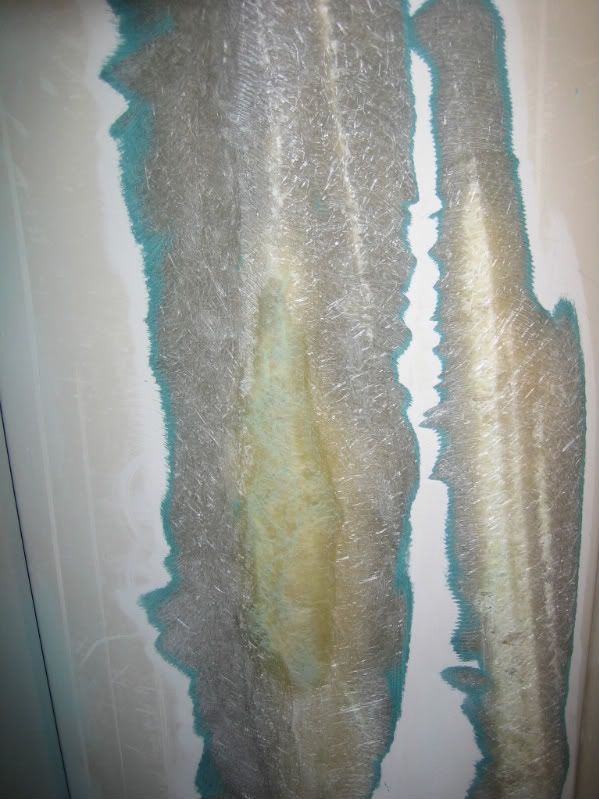
You can definitely see where the fiberglass got crunched and strained, so I'll be reinforcing those areas with a layer or two of fiberglass mat.
After inspecting the pictures, I think I probably still have a little more grinding to do tomorrow. Dang it. Fiberglass dust is nasty stuff. I took a shower and scrubbed every part of exposed skin with soap and water a couple times and I'm still all itchy.
Now starts the fiberglass fixing. I've never done this before, so it's time for a crash-course in fiberglassing. I'm constantly reading about it now, and my neighbor used to fix fiberglass boats at a shop years ago. Also I just found out that a guy in my building at work used to build boats (founded his own company in the 1970's), so I'm fortunate to have him to ask for pointers as well. I figure I'm ready to try my hand at fiberglass restoration.
This is probably all old-hat to you veteran boat builders/restorers, but I'm cataloging my progress anyway.
Here is the "before picture."

Also, the front is missing some gelcoat, but I don't think this was from last Saturday. If it was, it only seems to be superficial damage, and will probably just get a coat of fiber-filled Bondo.

Went to Home Depot and bought all the supplies for about $60. I'll still need to find some place that sells gel-coat, or at least some good fiberglass spraypaint.
First stage tonight was grinding. Kinda hard to take a 36-grit sanding wheel to the bottom of your boat, but oh well. Deep-breath... In for a penny, in for a pound.
Sanded away a good couple inches on either side of the damaged area:

It appears that the worst spot is still wet. The boat has been sitting since Saturday afternoon (3 days) but some water is still soaked into the fiberglass. Pressing on the bad area made some more water squeeze out. I aimed a heat-gun at it for a while and it seemed to dry out some, but I'm sure it will be moist again tomorrow. Probably hit it with some more heat before I start with the resin. I've been reading that you're supposed to let it dry completely, but that could take weeks or months. Perhaps that's just people being anal retentive, because there's no way a shop would wait that long. Are there any tricks of the trade to getting it to dry out faster? I've heard everything from propping up a hair dryer and letting it run for several days, to flushing the wound with acetone, which dried many times faster than water. Neighbor said they didn't worry much about moisture in the shop unless it was actually dripping, so I shouldn't get too excited about it. I'll talk to the guy at work tomorrow for a second opinion.
Closer pic of the moist area:

You can definitely see where the fiberglass got crunched and strained, so I'll be reinforcing those areas with a layer or two of fiberglass mat.
After inspecting the pictures, I think I probably still have a little more grinding to do tomorrow. Dang it. Fiberglass dust is nasty stuff. I took a shower and scrubbed every part of exposed skin with soap and water a couple times and I'm still all itchy.




















